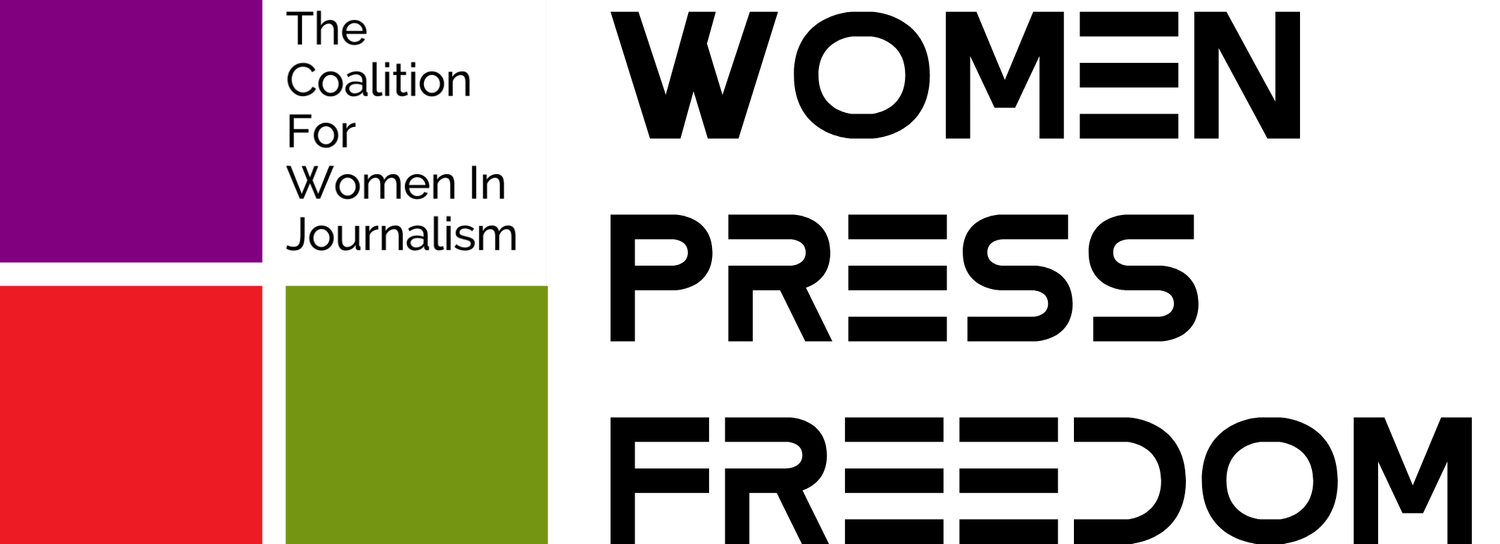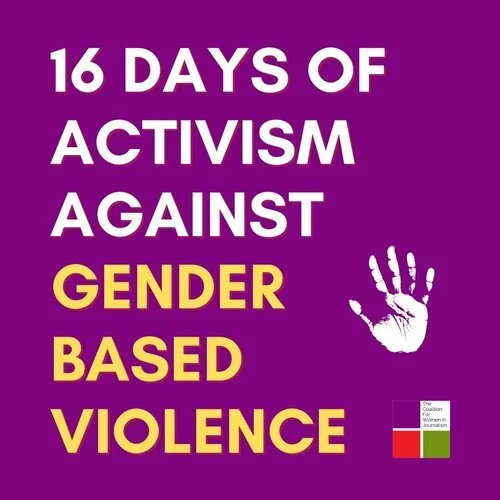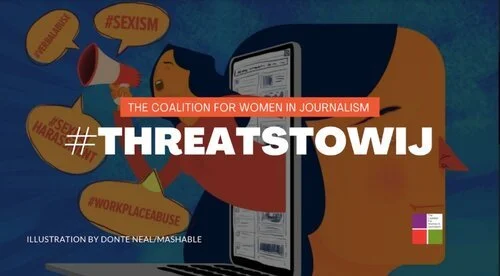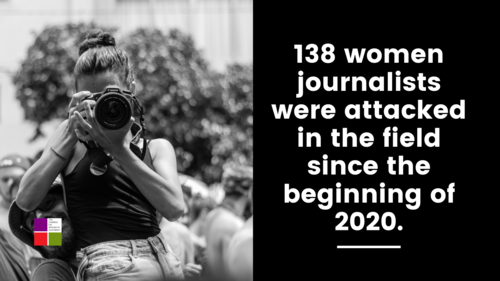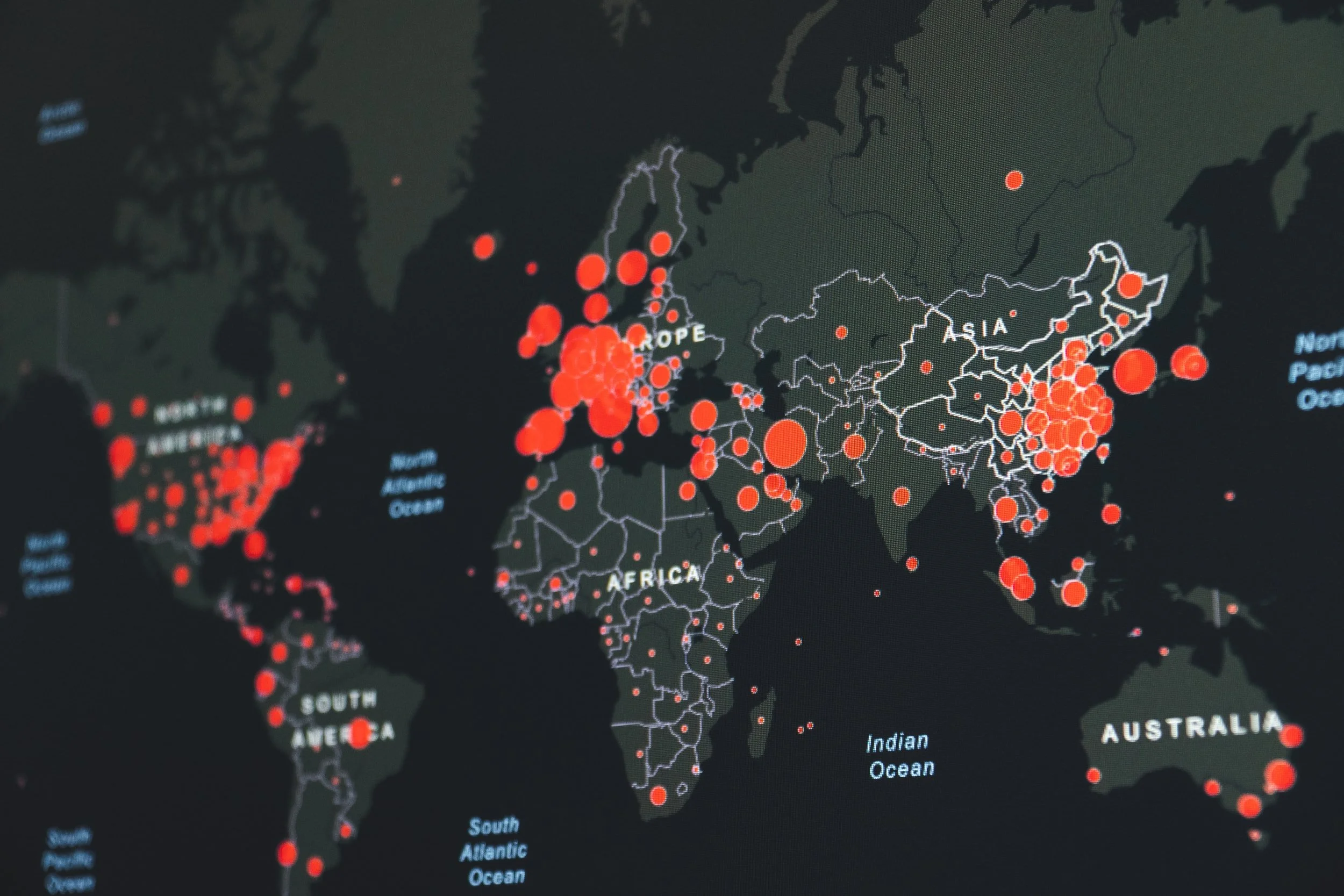16 Days Of Activism Against Gender-based Violence
Today marks the beginning of the United Nations’ 16 Days of Activism against Gender-Based Violence. This year's edition aims to increase the visibility of informal women workers and the lack of economic opportunities that lead to poverty. The gender pay gap and subordinate positions in the job market are the challenges that women face.
Available in: 🇹🇷 Türkçe
Economic violence is often belittled, yet combined with sexual harassment and a patriarchal mindset, it preserves a hostile environment for women. Given our mandate, we want to use this occasion to highlight these threats and their relation to women reporters. On the international day for the elimination of violence against women, The Coalition For Women In Journalism (CFWIJ) reiterates its utmost concern for the deteriorating safety conditions for women journalists. We join the global movement of human rights advocates to call for fundamental change.
This statement is part of the whole set of activities that compose an overall campaign created specifically for the 16 Days of Activism against Gender-Based violence. CFWIJ continues its efforts to highlight and address the issue of violence against women journalists. We aim to shed light on concrete examples of unacceptable behaviors so they do not go ignored. Our project consists of a social media campaign where we will discuss certain documented cases of abuse, as well as interviews with women journalists and human rights activists. CFWIJ will host a webinar on December 7 to examine different forms of VAW journalists around the world. All of the materials that we are constantly collecting will be featured on a separate, dedicated page. It was created predominantly to amplify advocacy efforts to raise better awareness about gender-based violence.
So far, in 2020, The Coalition For Women In Journalism has documented over 684 threats against women journalists worldwide. There were 138 physical attacks and impediments in the field, 44 sexist attacks, 37 physical assaults, 24 threats of violence/intimidation and three murders. These threats are not limited to physical violence, several journalists face forms of harassment: 74 online troll campaigns, 24 incidents of sexual harassment, 23 incidents of workplace harassment and 17 incidents of verbal harassment. Women journalists are also targeted by the authorities with 97 detentions, 82 cases of legal harassment, 51 arrests, 38 cases of state oppression, four accounts of torture while imprisoned and two journalists expelled. Discrimination is not uncommon either, with eight reports of gender discrimination and ten reports of racial discrimination. Four journalists had their accreditation revoked, two have been abducted this year, while two journalists are still missing.
Violence against women continues to rise at an unprecedented rate and has become a burning global problem that needs to be tackled. Every day there is at least one example of harassment that affects a woman journalist. These are not isolated examples, we must discuss, with full responsibility, this massive trend fueled by politicians, the indolence of institutions and an ongoing sense of impunity. The number of physical assault cases has increased by almost 40% compared to 2019. CFWIJ has organized several events and campaigns to highlight the issue of violence against women journalists. Bearing in mind specificity of each region, we assessed the most notorious types of threats by continent and combined them in a special report. The key-findings are being thoroughly analysed and researched in order to issue separate reports focused on the respective continents.
Below you can become acquainted with the activities we have coordinated to take a stand against the numerous threats to press freedom and the safety of women journalists that emerged this year.
The COVID-19 pandemic has strongly impacted the journalism industry and journalists' work. Many media outlets, especially local ones, have been severely affected by losses, leading to the economic instability for many reporters. In addition to financial problems, journalists covering the pandemic in certain countries face strong political pressure and even legal consequences when they criticize the government's lack of response to this crisis. Journalists are also at greater risk to contract COVID-19 given the nature of their profession and the required interaction. The whole situation of uncertainty also affects their mental health. In April, we decided to launch a specialized page, to highlight the impact of Covid-19 breakout on women journalists and equip them with useful tips on how to better protect themselves.
Throughout the development of this project, CFWIJ noted a serious, often ignored, type of violence that women journalists, especially freelancers, are facing around the world. There is a diverse scope of problems, consisting of economic vulnerability, lack of financial resources and the threat of expulsion. While we documented concrete examples related to those problems, we noticed how this new, reshaped reality impacts productivity, endurance and the mental health of journalists. The situation is even worse as they often cannot count on professional help. In some cases, this negligence resulted in a tragic end. Many journalists lost their lives due to the lack of proper health care throughout this pandemic.
A few months later in June, while the world was dealing with the pandemic, women journalists in the U.S. faced additional threats while covering the Black Lives Matter protests. The protests demanded justice for George Floyd and the many other black people killed by racial discrimination as well as police reform to ensure racial justice With police forces deployed at protest sites across the country, journalists on the ground were vulnerable to violence, arbitrary arrest and censorship.CFWIJ dedicated a page to cover and document violence against women journalists during these protests. 35 women journalists were subjected to attacks, harassment, and detention or arrest while covering the protests. Journalists covering the #BLM protests have been subjected to violence by law enforcement in the United States. According to the U.S. Press Freedom Tracker, More than 430 press freedom violations were documented during these protests. The years of Trump’s unprecedented hostility toward the media has been reflected in the visible deterioration of working conditions for journalists. The ongoing turmoil in the United States has been additionally fueled by the events and challenges revolving around the presidential election. Apart from the global pandemic and social unrest, the most problematic issue is that of widespread disinformation, which undermined the credibility of journalists. In our section on the US election, one can find our research regarding the burning issue of disinformation, stories of women journalists who have been subjected to various types of threats, safety guidelines, resources and useful tips for those working on the ground.
While the type of threats varies depending on the region and specific conditions of each country, the major problem that has emerged in recent years is online trolling. For the overwhelming majority of women journalists, it has become a hazard inseparable from the job. Numerous studies show that women reporters are more vulnerable to online harassment compared to their male counterparts. They regularly encounter vicious messages about their appearance and sexuality. They receive death and rape threats, and in some extreme cases, their addresses and personal phone numbers are published online—a practice known as doxing. While many seem to detract the problem, CFWIJ has been carefully monitoring the complexity of online abuse for the past three years. CFWIJ gathers data, coordinates support networks for journalists, issues daily statements and organizes events which aim to shed a broader light on this challenge. CFWIJ regularly calls on authorities for action, emphasizing their role in tackling this ongoing problem.
In August, CFWIJ joined the campaign “Attacks Won’t Silence Us” launched by Pakistani journalists. The campaign aimed to address online violence against women journalists and to highlight its dire consequences. Women journalists in Pakistan face incessant online trolling. They encounter vicious social media attacks, doxing and hacking attempts by accounts often affiliated to the ruling party and conservative, right-wing constituents. “Attacks Won’t Silence Us” prompted CFWIJ to create a special page to gather our carefully documented and analysed material on online harassment in Pakistan. It includes statements, documentation of threats, profiles of women journalists attacked online, resources, timelines, and legal backgrounds to help women journalists address this phenomenon. To conclude the campaign, we launched a social media discussion under the hashtag #ThreatTWIJ to draw attention to the severity of online violence against women and its offline consequences.
This campaign revealed to us the critical need for a global initiative to address the range of threats against women journalists and the omnipresent danger of online abuse. In September, we launched a global campaign under the same hashtag #ThreatsToWIJ. Women journalists from all over the world participated in the campaign and shared their abhorrent experiences encountered both online and offline. The campaign showed the virality of online violence against women journalists and the physical consequences it can manifest. It also shed light on the similar practices of authoritarian regimes against journalists around the world.
After the controversial Belarussian elections won by President Alexander Lukashenko, tens of thousands of people continue to flood the streets despite harsh police measures and the authoritarian interference against journalists. The situation has been rapidly deteriorating as we now hear reports of detentions and arrests of journalists almost every day. Given the escalating violence against reporters covering the protests in Belarus, CFWIJ created an in-focus page for detailed information on women journalists reporting on the ground, from our Twitter thread and our statements. While we reiterate our call that journalists must be able to freely inform the public without fear of retaliation, we commend the brave women journalists in Belarus for their dedicated coverage
The UN special rapporteur on violence against women submitted a special report in July 2020 to the UN human rights council to address and propose strategies to combat violence against women journalists. The report highlighted issues such as the exacerbation of gender-based violence against women journalists through digital technologies. The report also included the specific types of threats and sexual violence faced by female media workers, intersectional discrimination, harassment in the workplace, as well as the stereotyped roles and sexualized images into which women journalists are often expected to fit. She also suggested incorporating the UN Plan of Action on the Safety of Journalists and the Issue of Impunity with a more coordinated UN system-wide approach to combat and prevent violence against women journalists.
The Coalition For Women In Journalism underlines the intensity of violence against women journalists online and offline and the need for more stringent measures of protection. CFWIJ calls for the implementation of the UN special rapporteur’s recommendations on combating violence against women journalists, starting by including a gender perspective in all initiatives. It is imperative to create and maintain a safe and favorable environment for free and independent journalism. CFWIJ also urges social media platforms to develop new tools and policies to counter online violence and ensure women journalists’ safety. We encourage you to support our advocacy efforts, follow discussions, share our materials and join our live interviews with some outstanding journalists who will speak more about their work and coverage. Follow our social media and campaign page to stay up to date.
